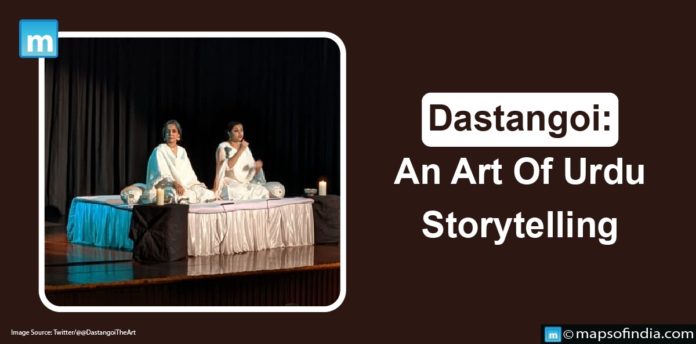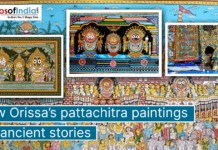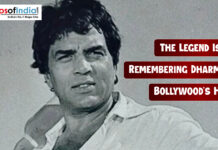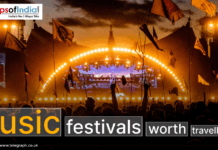Dastangoi is an old storytelling technique that began in Persia in the 13th century and moved to India in the 16th. “Dastangoi” is derived from the Persian terms “dastan” (story) and “goi” (teller). Dastangoi is a one-of-a-kind art form that blends storytelling, acting, and music. It is performed by a single storyteller, a Dastango, who sits on a stage and tells a dramatic and fascinating story. The Dastango uses gestures, facial expressions, and voice modulation to bring the audience’s imagination to life.
Dastangoi stories often tell of heroes and villains, love and sorrow, adventure and magic. Some of the most well-known dastangoi stories are based on the Persian epic Hamzanama, the Hindu epic Mahabharata, and Arabian Nights tales. Dastangoi stories are also famous for their satire and social commentary.
The Elements of Dastangoi
Dastangoi is a complex art form that incorporates a variety of elements, including:
-
Storytelling
The tale lies at the center of dastangoi. Dastangos must thoroughly comprehend the stories they tell and be able to convey them in an educational and entertaining manner.
-
Acting
Dastangoi is a form of acting as well. Dastangos bring the characters and events of the story to life with their voices, body, and facial expressions.
-
Music
Dastangoi performances frequently incorporate music to enhance the tone and ambiance of the story. Dastangos can sing by themselves or be accompanied by musicians.
-
Humor
Dastangoi stories often have humor, which serves to keep the listener interested. Dastangos may tell jokes or utilize their wit and humor to make observations on the story or the world around them.
The Revival of Dastangoi
Dastangoi was formerly a prominent form of entertainment in India, but it faded in the early twentieth century. This was due to various circumstances, including the growth of new kinds of entertainment, like film and radio, as well as the collapse of Urdu. Dastangoi has seen a resurgence of attention in recent years. This is partly thanks to the work of several current dastango artists, including Mahmood Farooqui, Danish Husain, and Naseeruddin Shah. The traditional dastangoi framework has been altered by these dastangos to tell new and modern stories. Dastangoi has also been performed in several languages, including English and Hindi.
One of the leading figures in the revival of dastangoi is Mahmood Farooqui. Farooqui is a writer, artist, and director performing dastangoi since the early 2000s. He has also written and directed a number of dastan goi performances, including the critically acclaimed “Siyaah Haasil.” Another leading figure in the revival of dastangoi is Danish Husain. Husain is a storyteller and theater actor performing dastangoi since the mid-2000s. He is known for his energetic and engaging storytelling style.
The revival of dastangoi has been welcomed by critics and audiences alike. Dastangoi performances are now regularly held in major cities all over the world. Dastangoi is also being taught in universities and other educational institutions. Dastangoi is a unique and vital art form that deserves preservation and promotion. It is a way of celebrating the Urdu language and culture.




